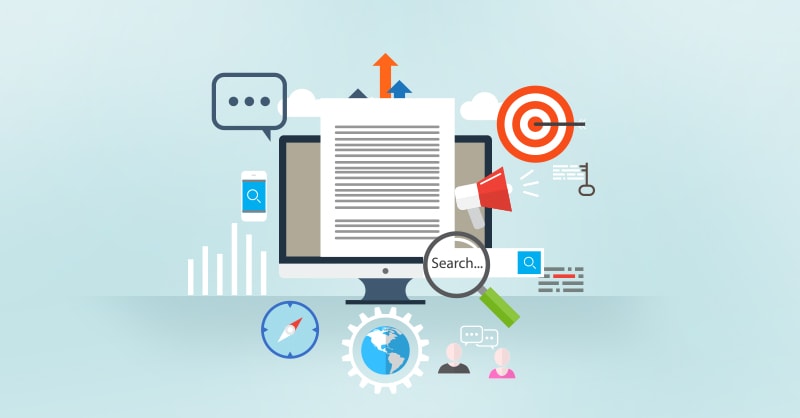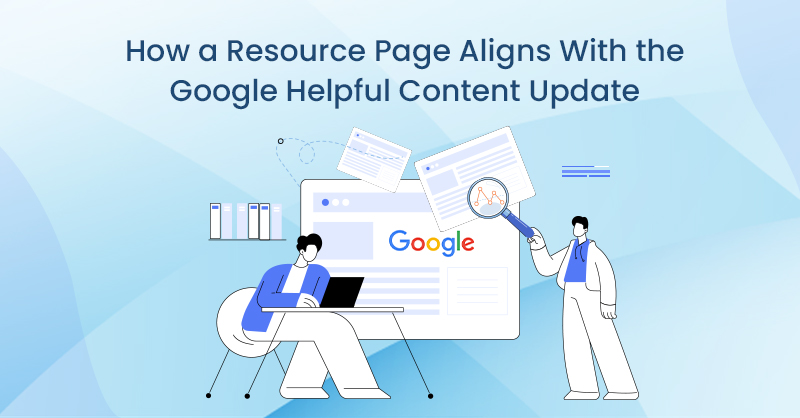As of January 2019, there are more than 1.94 billion websites – for your website to stand out, you need a meticulously crafted strategy to produce the best content. Many businesses are learning this and applying great strategies when it comes to written content, but they are overlooking an equally crucial aspect: images.
Every website needs great, optimized images if you are to stand out from the competition. Although digital marketing experts have focused much in recent times on optimizing your site through keywords, technical aspects and similar, many overlook how image can bring you some important love from Google, if you treat them in the right way.
This is perhaps because it may not be immediately obvious how search engines can read images in the same way as they read keywords and other SEO elements. However, through correct image optimization, you can actually make your images have meaning for search engines. One of the more well-known ways to do this is by optimizing the text attached to your images, such as the image file name and the alt text, and including important keywords here.
However, there are many other ways to optimize your images if you really want to take your SEO to the next level.
Why is image optimization important?
In today’s hyper-competitive online word, ranking on Google and getting users to actually click through to your site is far from easy. Once they get there, you want to make sure they don’t immediately leave again because they’re confronted by a wall of endless text. Images are the best (and probably easiest) way to make your site more appealing to visitors. Having images which speak to and engage with your visitors has all kinds of advantages, from making sure they stay on your site longer to increasing conversions and boosting your sales.
Optimizing your images will also make your site faster which as you probably already know is a major Google ranking factor. Handling your images correctly helps in reverse image search, a very valuable thing for many businesses, especially product-based ones.
Standing out in search engine results is vital for modern businesses, as case studies like this one continue to demonstrate. People love visuals, and it is much easier to engage users visually than through text. Image optimization could tip the balance and give you the edge you need in a high competitive SEO landscape. For these reasons, it is worth investing time and patience into doing it right. The screenshot below, from the Google Analytics account our agency handles for a large e-commerce client, shows the results that can be achieved from optimizing images for Google. In this case, we were able to build an additional traffic component of 400+ visitors per month, in less than six months, just be optimizing over 2,000 images in their categories.
Choose the right images
Before we get into more technical tricks and tips, it is critical to pick the right images in the first place. Images are the first piece of data your users will take in, so it is essential that you engage your visitors with the right images from the start. By human nature, we look at the images first, and this could make the difference between someone actually reading the post or not. An inspiring image that someone connects with can leave an impression, and even inspire them to share a piece of content.
There’s no point spending time on image SEO if you don’t have images worth indexing. This means putting the time into the images you use rather than just taking them straight off Google or stock photo sites with the same tired old images that everyone else is using. If possible, use your own original images as this will also boost your rankings.
Custom-designed, captivating images which give your visitors real value will go a long way for both SEO and conversions.
It is all in the name
As already mentioned, you can let search engines read images just like they read the rest of your content, and use this to rank your site or page. Image optimization, therefore, means you need to make sure they see something they like and rank your site highly. Even if you have only a basic understanding of html you can learn how the backend code of your website handles images, which is something like this:
Source: https://hqseo.co.uk/alt-text-image-seo/
So the backend (html) code for your images is in the format <img src=”image-name.jpg” alt=“alt-text” title =“image-title”>
This code contains three attributes:
1) the source attribute (src),
2) the alt attribute; and
3) the ‘name’ of the image.
For image optimization, you should focus on the image name and alt attribute, with the latter by far being the most important. The right alt text for SEO as well as the image name can help Google to read your image and rank it well. Image titles are not as important when it comes to SEO, and aren’t even required per-se. Best SEO practice will see you optimize these as well, but the alt attribute is the most important element, so let’s take a closer look at how to optimize this.
Refine Your Alt Attribute
The alt attribute is an alternative text descriptor (also known as alt attribute or alt tag) for an image, a quick short reference essentially to describe the image to someone who cannot see it, for whatever reason. There are no hard and fast rules when it comes to writing alt attributes, especially as they relate to SEO. The first thing to keep in mind is that alt attributes should add value to your page, and not just for SEO purposes. In this way, first and foremost the alt tag should describe the image with some accuracy. Furthermore, it should describe any functionality the image has, for example if it is anchored against a link.
How Optimize Images on Your Website: Step By Step Guide
That being said, an ideal alt attribute is one which not only describes the image but is also optimized for SEO. Here is the step-by-step process that we use to optimize images on our clients’ sites and deliver better SEO results.
1) Take your list of target keywords you will be using on your site or on a particular page. If you have not yet identified your keywords, conduct keyword research to find the best keywords for your target customer.
2) Go into each image one by one and review the alt attribute to optimize it for SEO. The good news is this can easily be done on CMS like WordPress or Shopify and similar ecommerce platforms.
If using WordPress:
Use the edit function for that image, either while editing a page or post or by going to the WordPress dashboard, Media, and then selecting the image. You will then be able to update the alt tag and image title as follows:
If using Shopify:
Simply select the ‘Edit Alt Text’ button which is available when you hover over each image on your store website:
3) Enriching your alt text with keywords, keep the following in mind:
- Try to keep alt text within 125 characters, as this is the limit of most screen readers
- Make your alt attributes minimalistic yet impressive. For example, “A fresh apple sitting on a brown-tinged antique teakwood table” in unnecessarily long and word. Use something like “An Apple on a Teakwood Table”
- Per the example above, capitalize the first letter of each word in the alt text
- Focus on using branded words in alt texts, for example “An Apple on an IKEA Teakwood Table”
- Use keywords in alt texts only as long as the text remains fluent and natural, to avoid over-optimization
- With the above advice in mind, add a few important keywords which will also add to the information you convey through your alt attributes, for example “An Apple on a Teakwood Table London 2019”
4) Optimize the image title in the “Title” field – this will automatically use the file title which may not be accurate. Choose a title which most importantly describes the image accurately but also includes primary keywords whenever possible.
5) Repeat this process when uploading new images. It’s best to optimize the title and alt attribute at the time of uploading the image, which you can easily do in one step on WordPress.
Final thoughts
In 2019, almost every business is operating in a highly competitive SEO environment. Improving your SEO and putting your business ahead of your competitors is one of the best things you can do to attract new customers, drive sales and make your business successful. If you overlook image SEO you will be missing an important element which can help to give you that edge.





